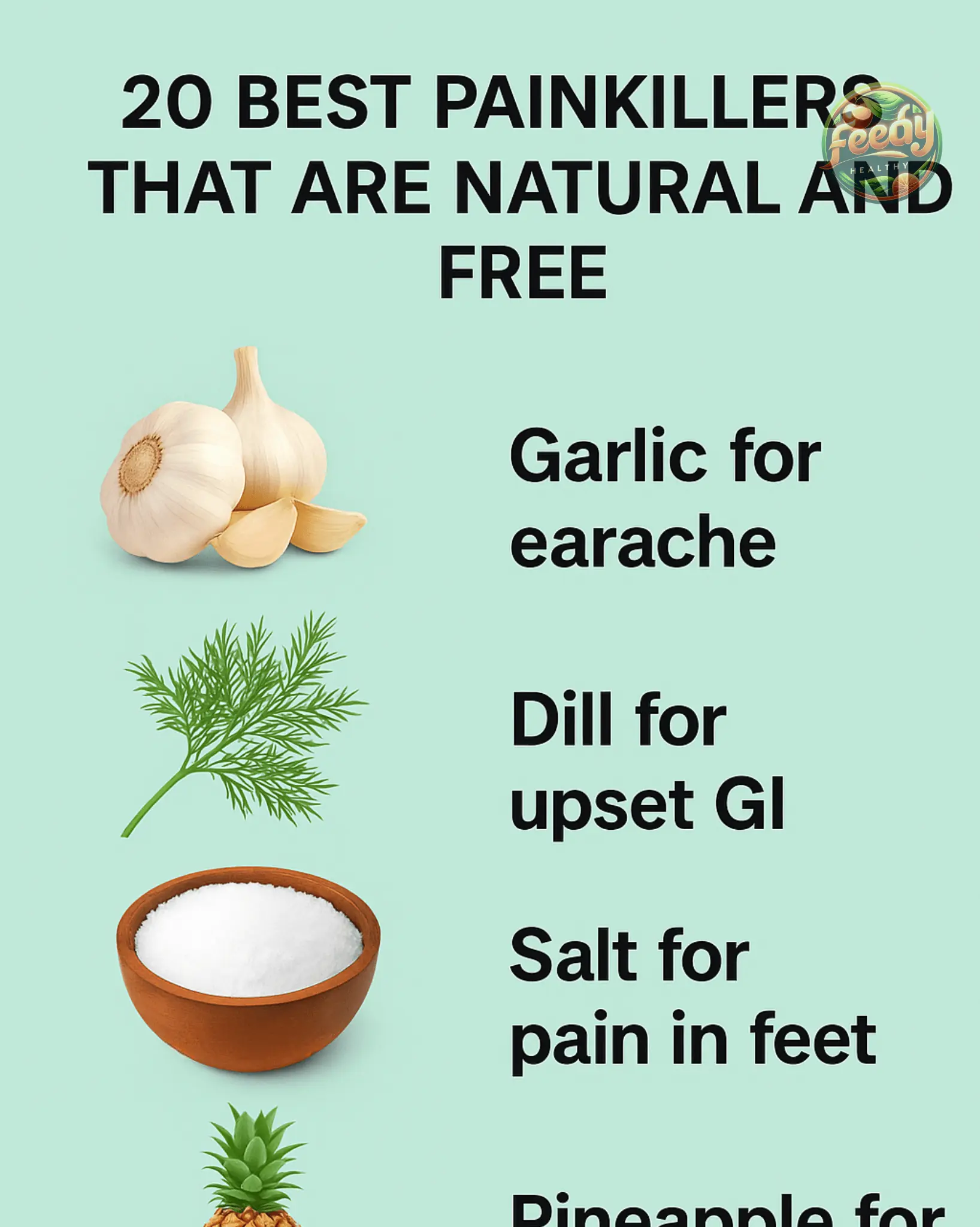
16 Effective Tips for Washing Dishes by Hand (Naturally & Thoroughly)
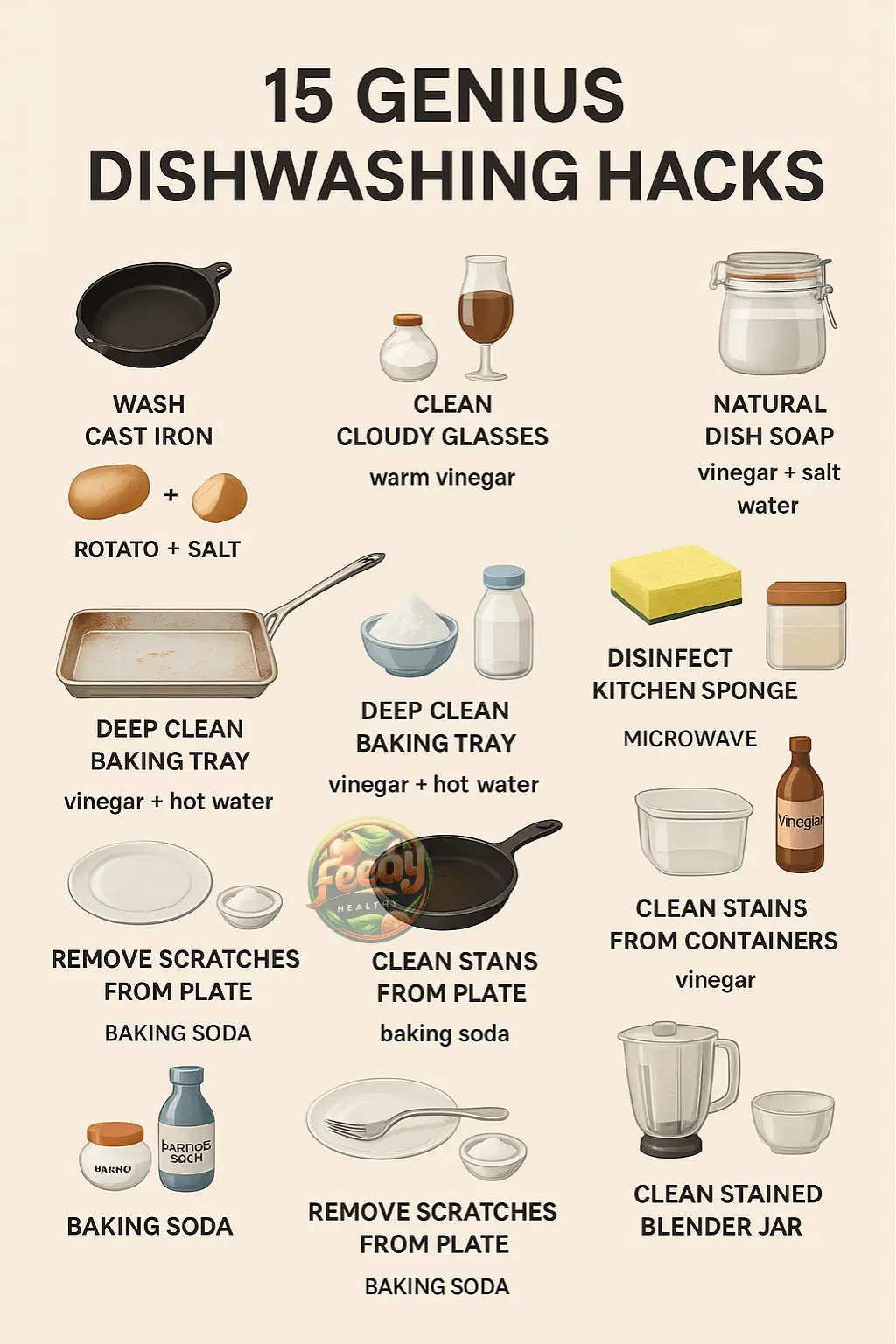
Washing dishes by hand may seem like a simple chore, but doing it properly can keep your kitchen cleaner, your tools in better condition, and even save you money. Below are 16 smart, natural, and effective hand-washing tips using common household items to help you clean smarter—not harder.
1. Always Use a Clean Sponge
Using a dirty sponge is counterproductive. It spreads bacteria and food residue from one dish to another.
What to do:
Soak your sponge in a bowl filled with white vinegar and hot water for 5–7 minutes. After soaking, rinse it thoroughly and place it in a microwave-safe bowl. Microwave on high for 1 minute to disinfect. This ensures your sponge is clean and safe to use each time.
2. Don’t Use Too Much Dish Soap
More soap doesn’t equal cleaner dishes. In fact, using too much can leave a filmy residue on your kitchenware and waste water in the rinsing process.
Tip:
Use just enough dish soap to create light suds. A little goes a long way when paired with warm water and proper scrubbing.
3. Use Warm or Room Temperature Water
Warm water is ideal for washing dishes because it helps break down grease, loosen dried food particles, and improve soap efficiency.
Avoid:
Cold water, which can harden food debris and make cleaning more difficult.
4. Pre-Soak Dishes with Tough Stains
If your cookware or dinnerware has dried or baked-on food, soaking is essential.
Method:
Soak in warm or room temperature water for 30–60 minutes. This loosens grime and makes scrubbing far easier later.
5. Scrub Stubborn Residue with Steel Wool or a Dish Brush
Some stains just won’t budge after soaking—especially burnt bits or dried sauces.
Solution:
Use a steel wool pad or a stiff-bristle dish brush to scrub away stuck-on residue. Focus pressure on trouble areas while being gentle on delicate surfaces.
6. Restore Shine to Stainless Steel with Baking Soda
Dull-looking stainless steel utensils and pans can be refreshed easily.
How:
Mix 2 tablespoons of baking soda with a few drops of water to form a paste. Dip a non-scratch sponge in the paste and rub gently over the surface. Rinse and dry to reveal a like-new shine.
7. Clean Cutting Boards with Lemon and Salt
Wooden and plastic cutting boards can harbor odors and stains.
Fix:
Make a paste from lemon juice and baking soda or salt. Spread it over the surface and let sit for 1 hour. Rinse and dry thoroughly.
8. Remove Cloudiness from Glassware with Vinegar
Hard water deposits and minerals can cause your glasses to appear foggy.
Easy fix:
Add a few drops of distilled white vinegar to a damp sponge. Rub the inside and outside of the glass, then rinse with warm water to restore sparkle.
9. Clean Burnt Pans with Vinegar and Baking Soda
Burnt food at the bottom of pans is one of the toughest cleaning jobs—but this trick works wonders.
Step-by-step:
-
Fill the pan with equal parts water and white vinegar.
-
Bring it to a boil.
-
Remove from heat, then add 2–3 tablespoons of baking soda (it will fizz).
-
Let it sit for 5 minutes, then scrub with a scouring pad.
-
Rinse thoroughly.
10. Remove Rust from Cast Iron with Potato and Salt
Cast iron pans can rust if not dried properly, but you don’t need harsh chemicals to restore them.
Natural method:
Slice a potato in half, dip it in coarse salt, and scrub the rusted areas. Rinse with warm water and dry completely.
11. Clear Stained Blender Jars (Especially Turmeric)
Turmeric, coffee, and spices can stain plastic blender jars.
Detox blend:
Mix 4 cups water with ½ cup hydrogen peroxide. Pour into the jar and let it soak for several hours. Scrub with a non-abrasive brush and rinse well. For extra brightness, leave the jar in direct sunlight for a few hours.
12. Clean Plastic Containers with Lemon and Sunlight
Food containers often absorb color and odor from sauces and curries.
Solution:
Cut a lemon in half and rub it along the container’s inside surface. Then place the container in the sun for 1–2 days. Lemon’s acidity plus UV rays help bleach out stains and odors.
13. Remove Scratches from Plates
If your plates have visible scratches from cutlery, don’t worry—they can be reduced significantly.
Fix:
Sprinkle a cleaner like Bar Keeper’s Friend or baking soda over the scratches. Add a little water and scrub gently using a sponge in circular motions. Rinse, wash, and dry. The marks will noticeably fade.
14. Clean a Burnt Pan with Baking Soda Paste
Stuck-on food and scorched stains need a bit more power.
Steps:
Cover the burnt area with 2–3 tablespoons of baking soda. Add just enough water to create a paste. Scrub with a steel wool pad or aluminum foil ball until clean. Rinse thoroughly.
15. Remove Burned Rice from Pot Bottoms
Burned rice can cling tightly to the pan.
What to do:
Add equal parts vinegar and water. Bring to a boil, then turn off the heat. Use a wooden spoon to scrape loosened bits. Rinse with warm water and dish soap. Repeat if needed.
16. Clean Cookie Sheets and Oven Trays
Baking sheets often accumulate a sticky brown layer that seems impossible to clean.
Powerful combo:
Make a paste with baking soda and hydrogen peroxide. Spread it over the tray and let it sit for several hours. Scrub and rinse—your trays will be as good as new!
News in the same category

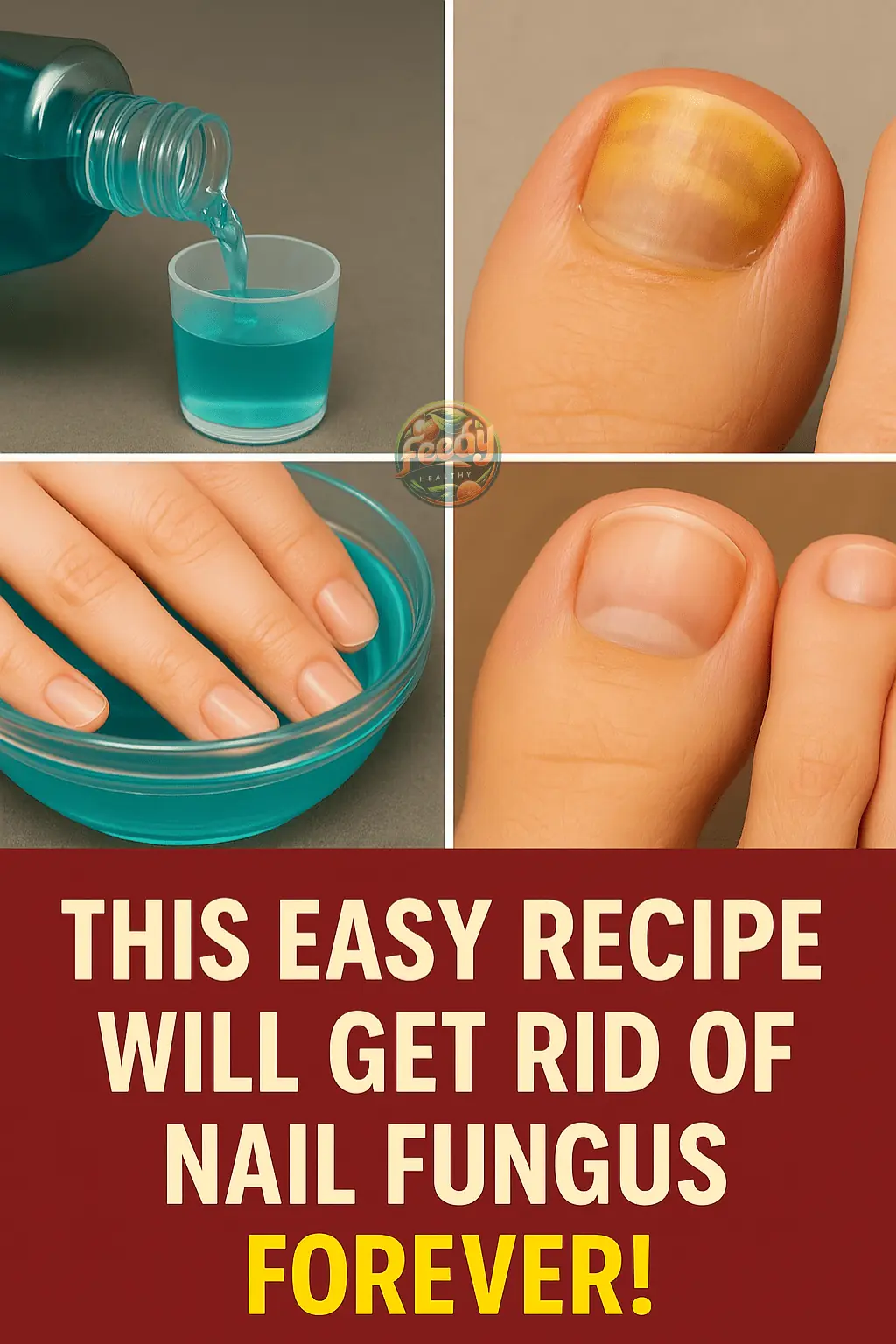
Say Goodbye to Nail Fungus with This Simple Home Remedy

Before going to sleep, there is one kitchen appliance that you must unplug at all costs to avoid a fire!
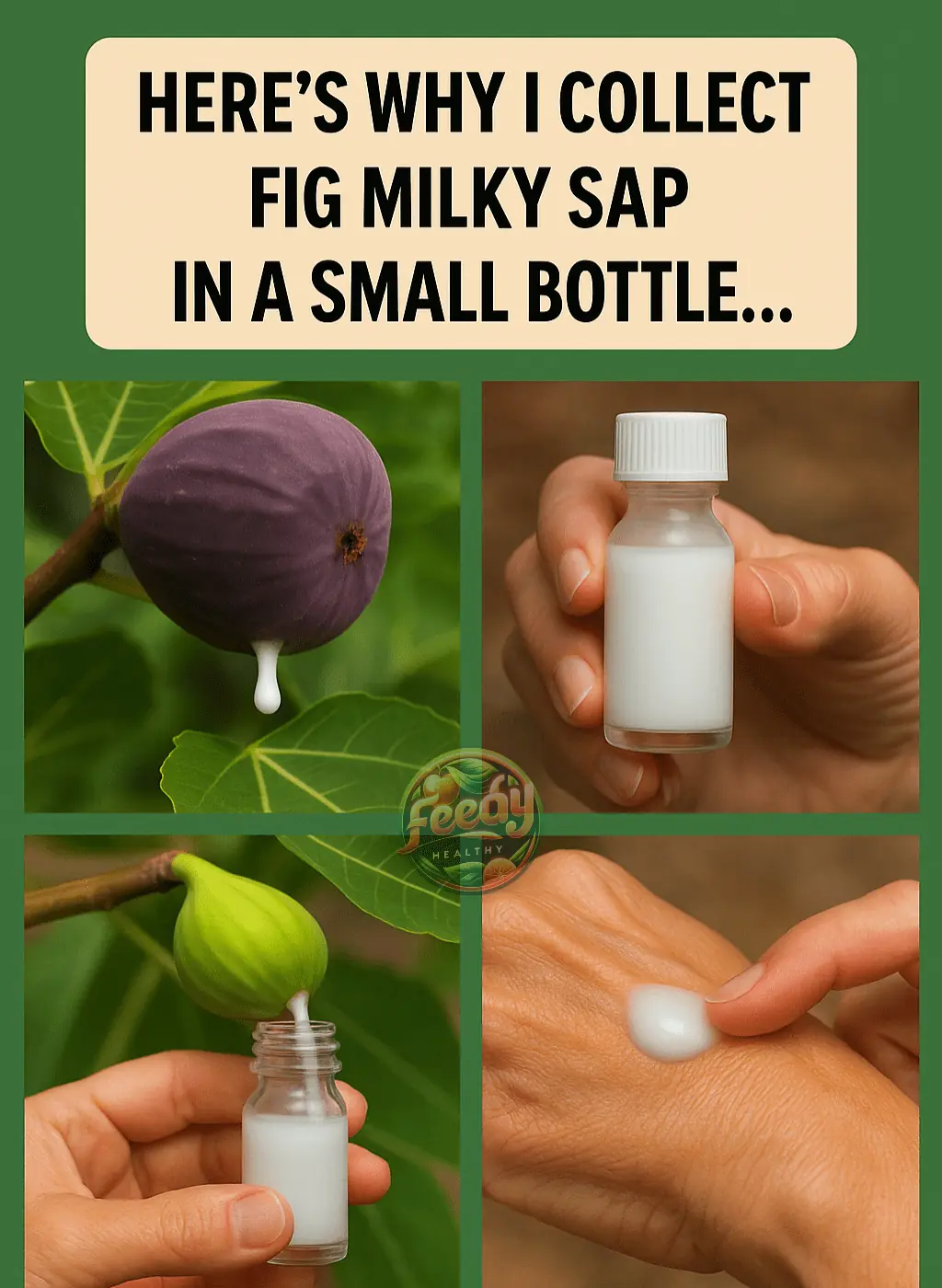
Things to Know Before Collecting Fig Sap
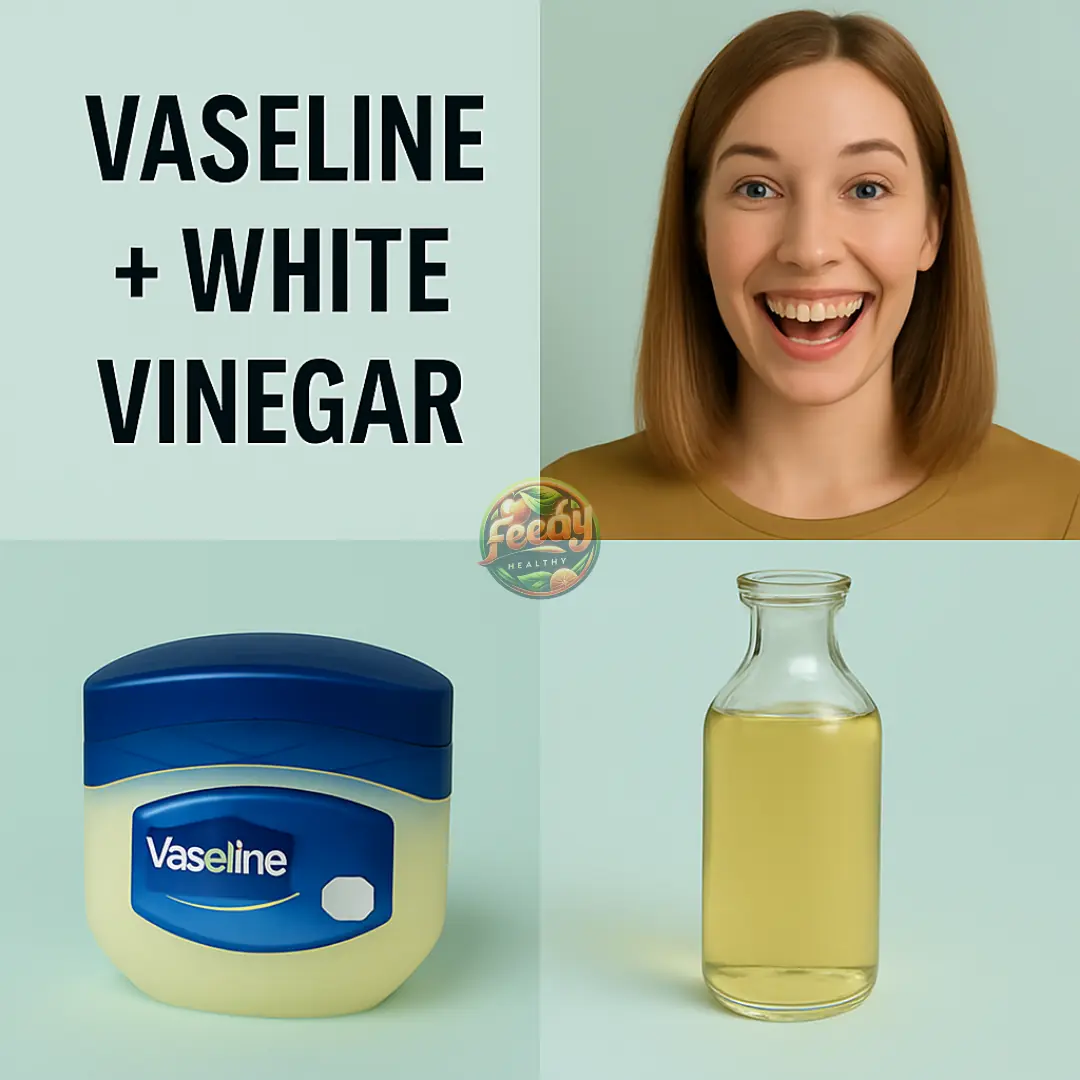
Vaseline + White Vinegar = Magic! Amazing Hacks You Never Knew
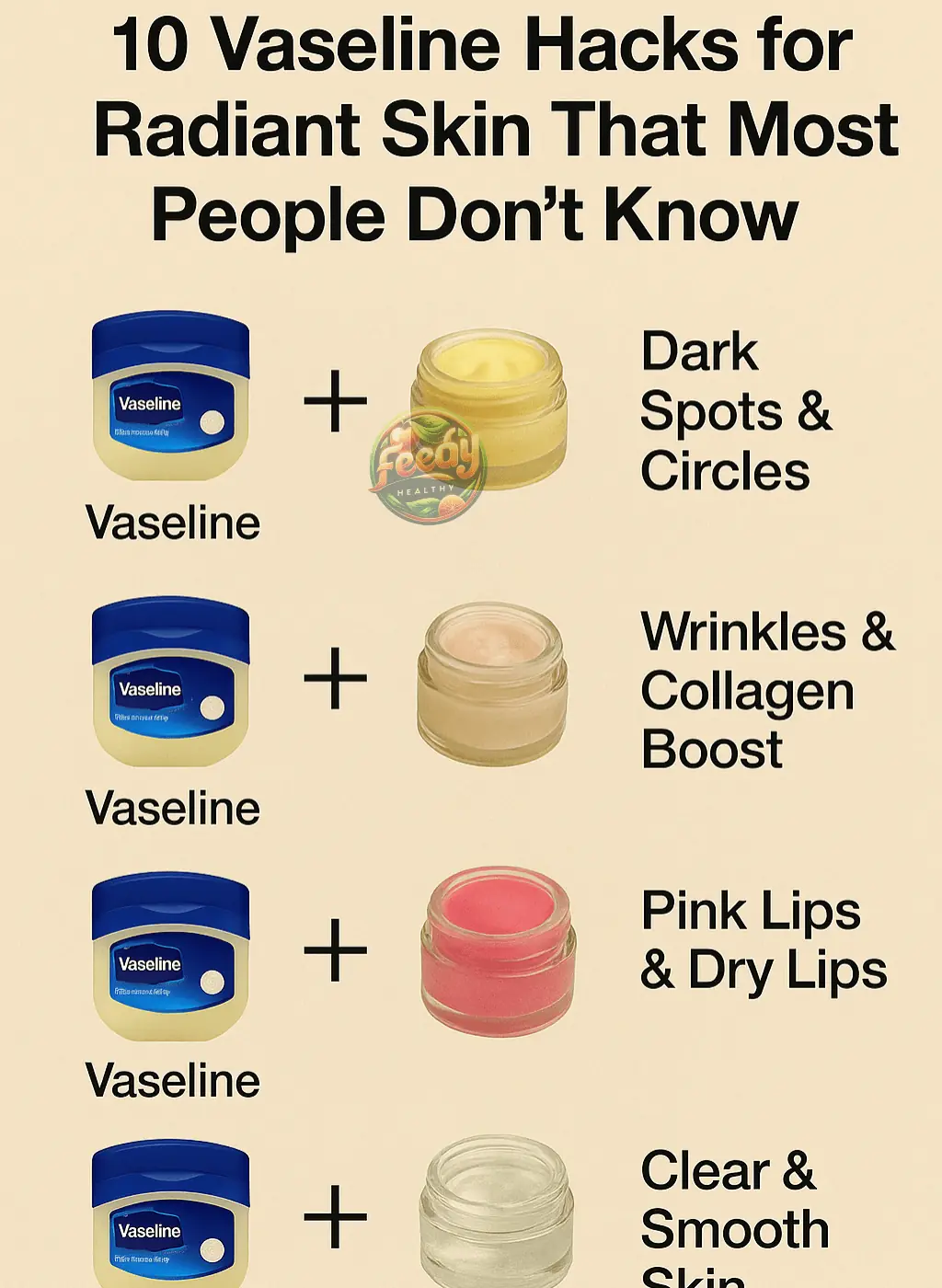
10 Vaseline hacks for the skin most don’t know
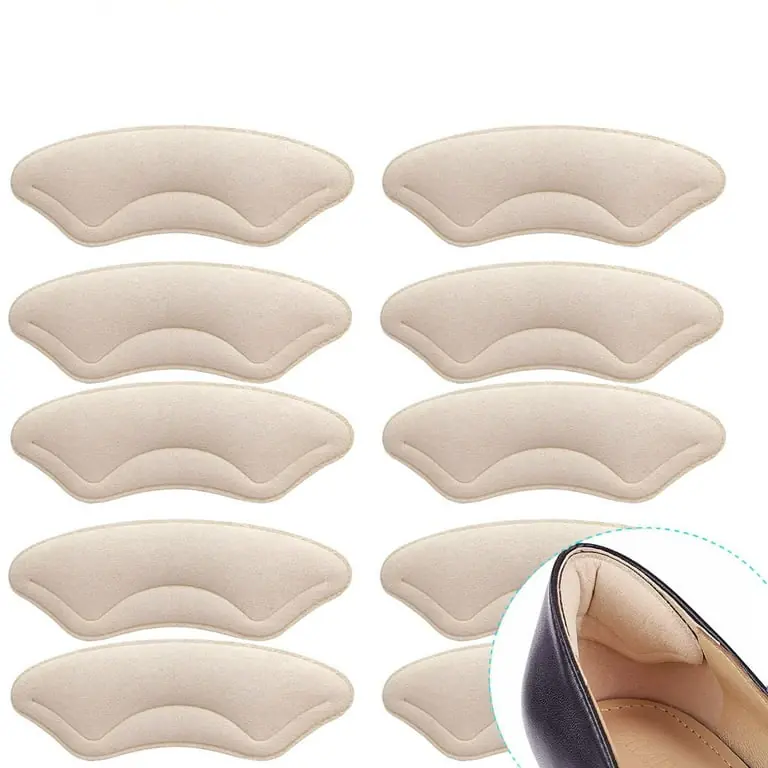
This Simple-Looking Item May Confuse Younger Folks, But It Was Genuinely Useful
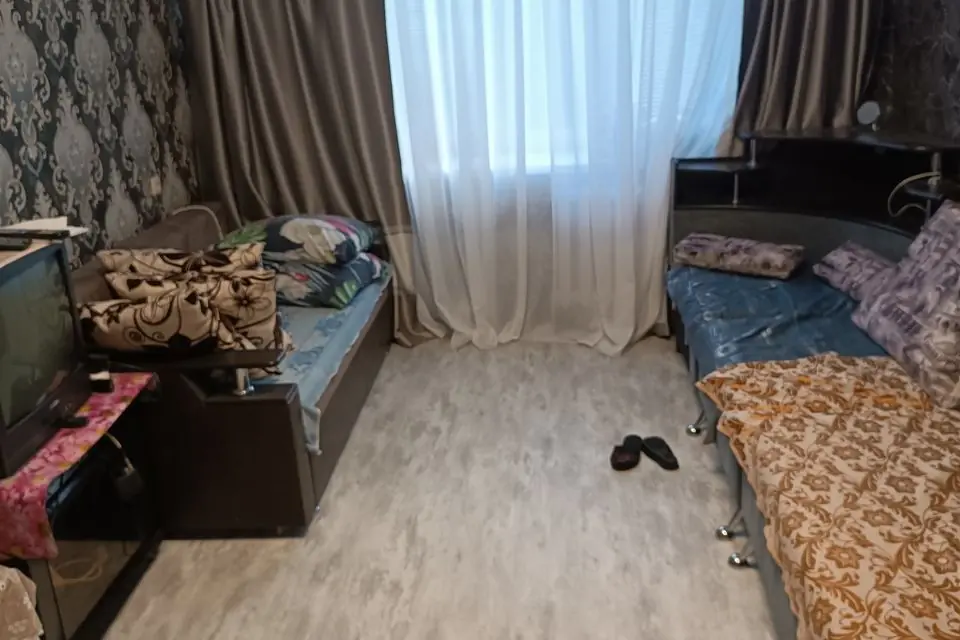
The Meaning of Having an Unmade Bed
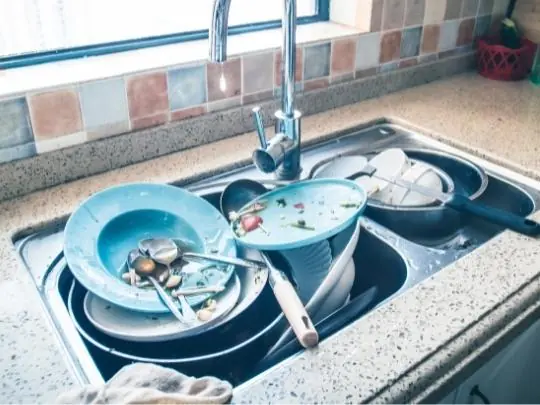
The Psychological Meaning of Leaving Dirty Dishes
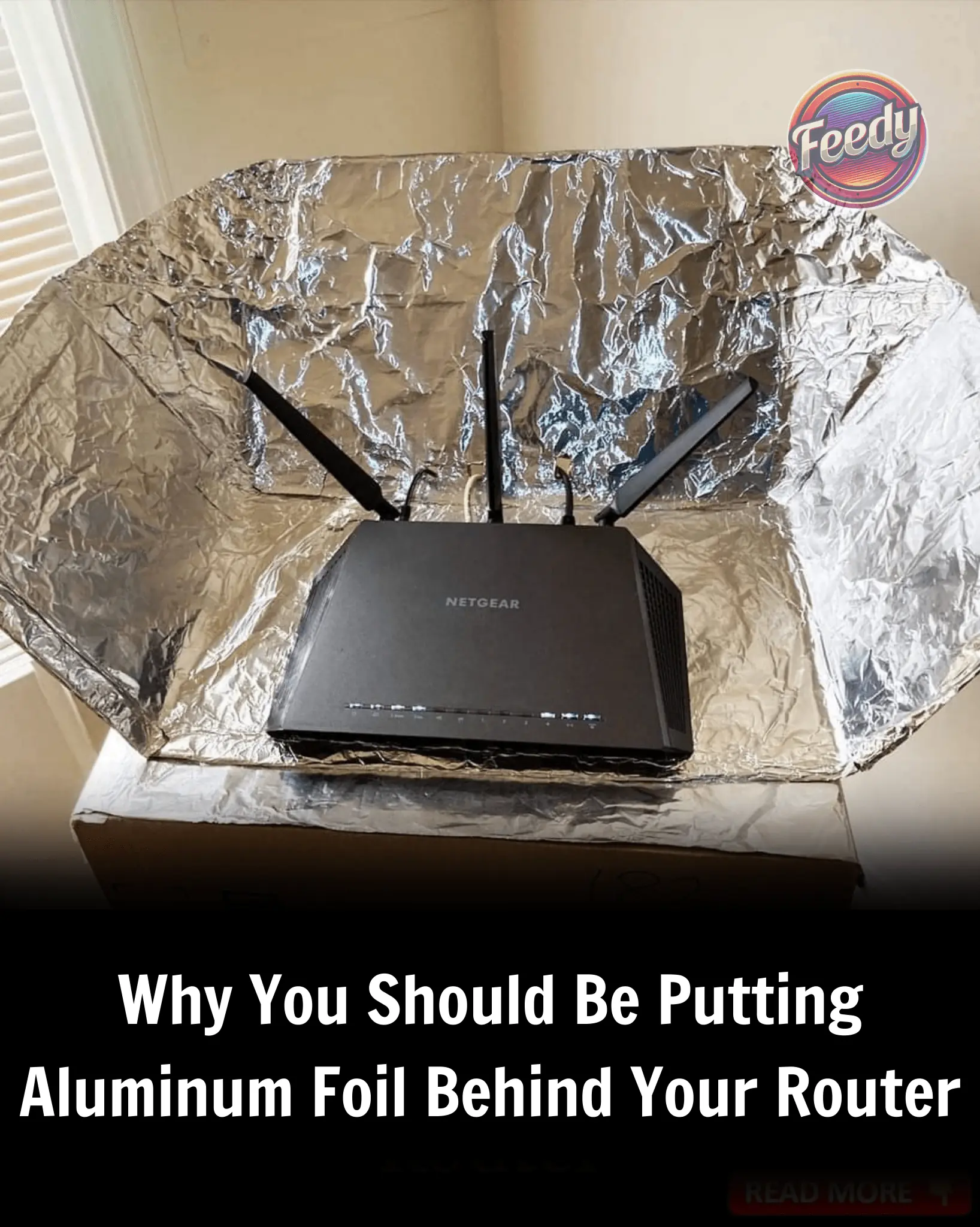
Why You Should Try Putting Aluminum Foil Behind Your Router
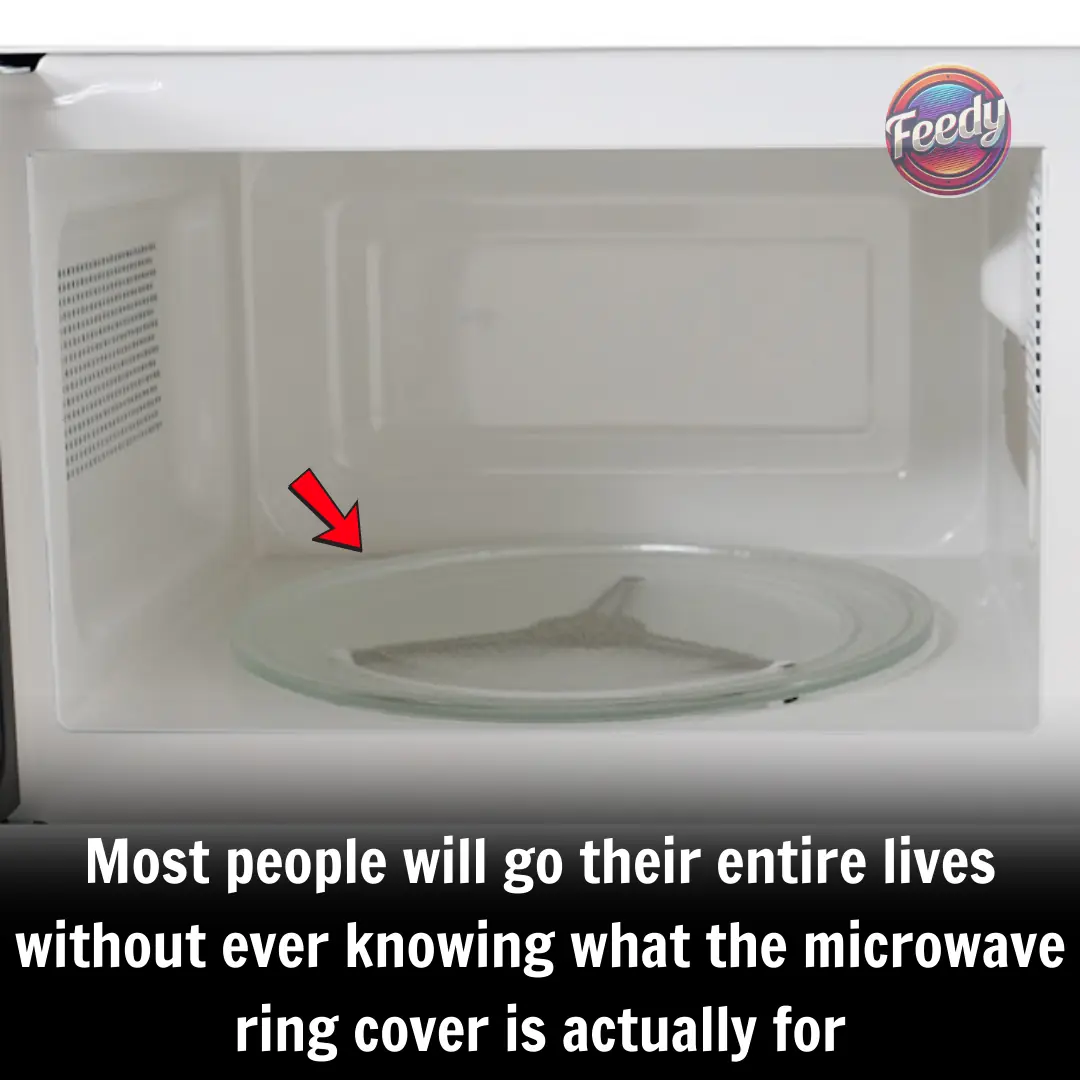
I was totally in the dark on this!
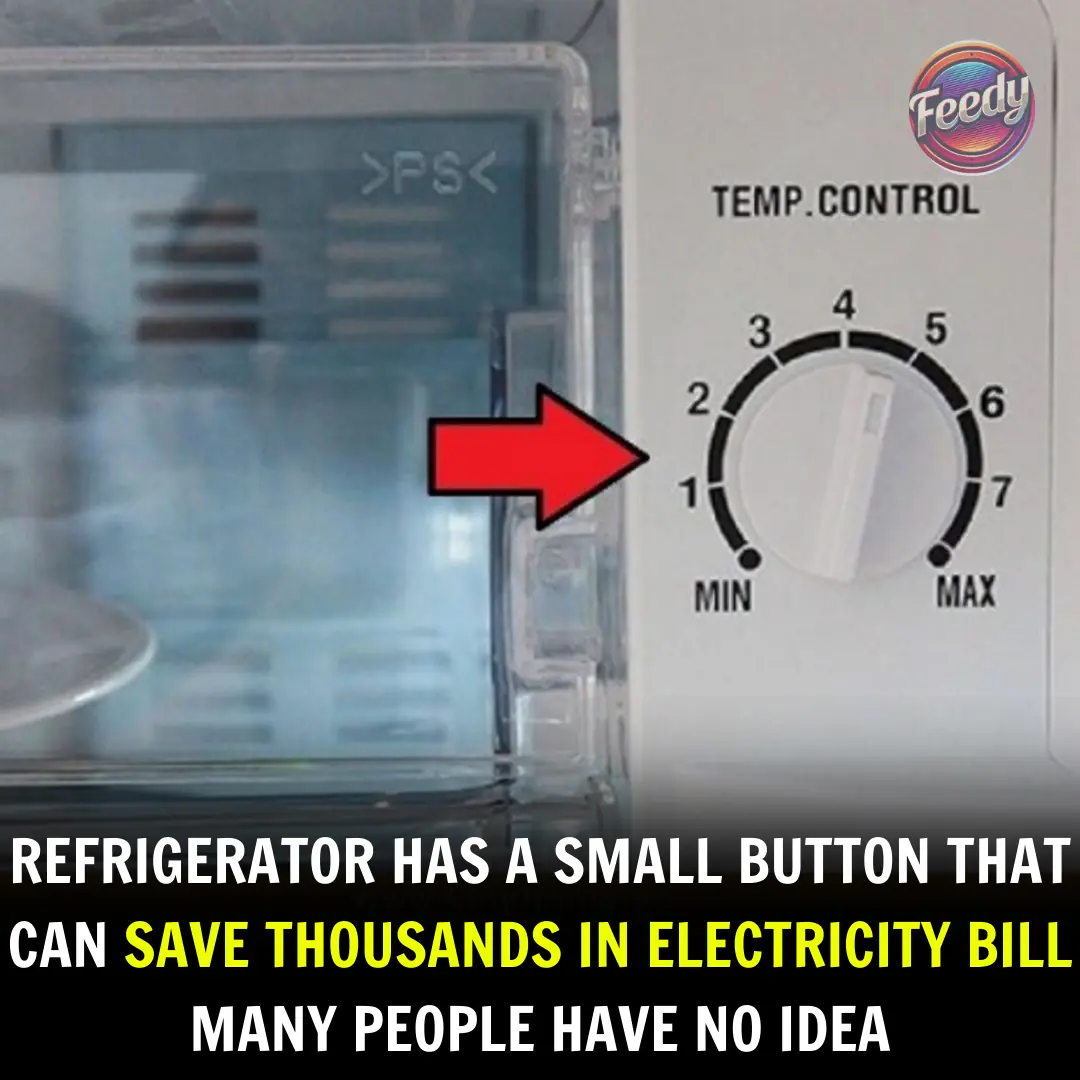
The Overlooked Refrigerator Setting That’s Quietly Inflating Your Electricity Bill
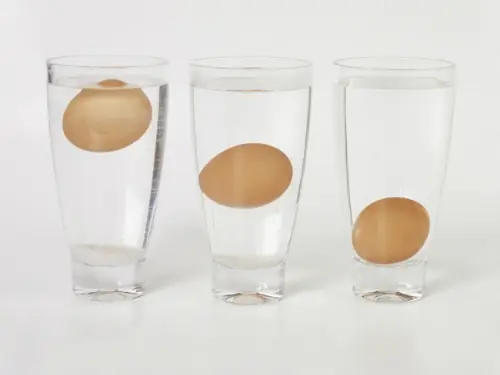
How to Tell If Your Eggs Are Still Fresh: The Ultimate Kitchen Guide
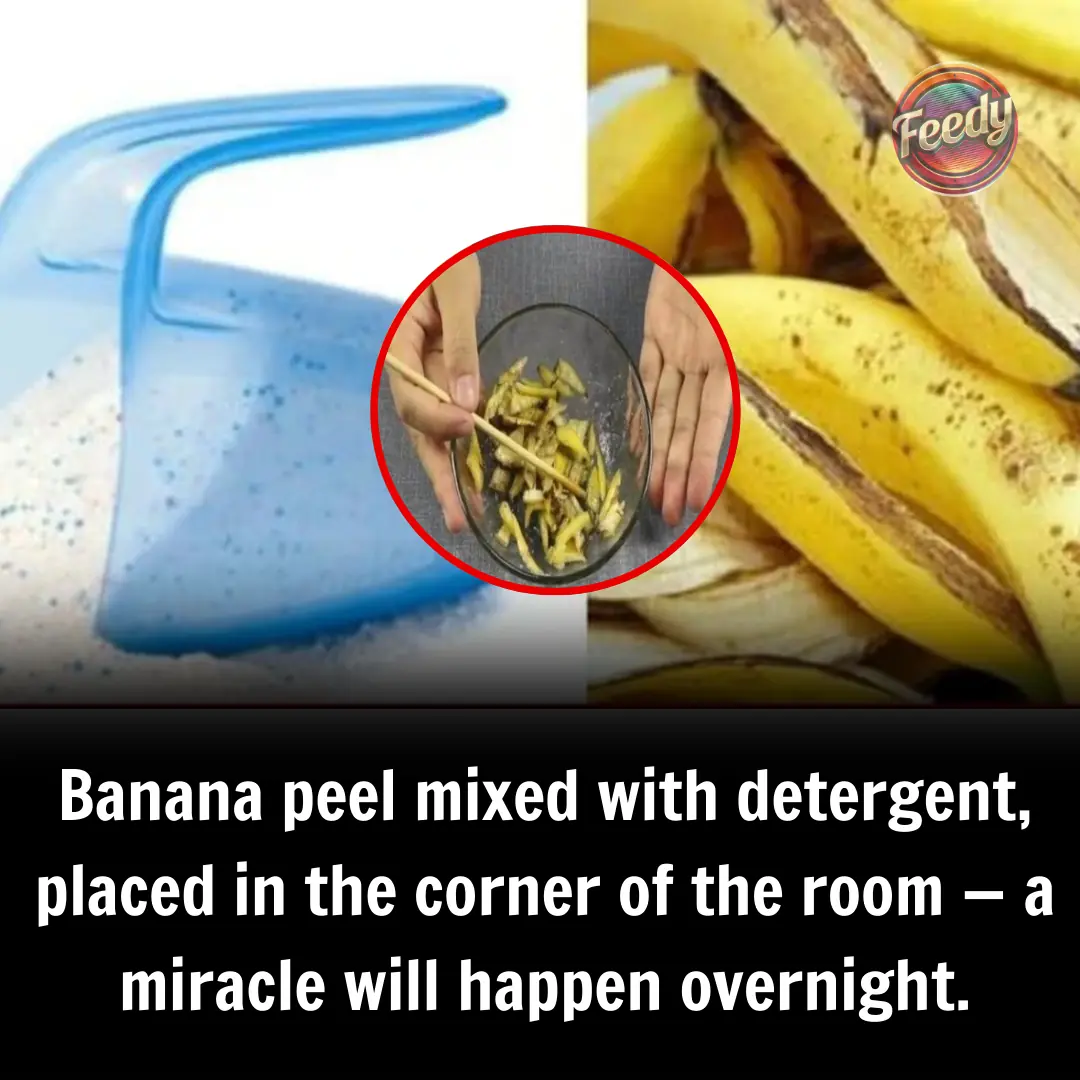
Simple Household Hack: Banana Peel + Detergent = Roach Killer Miracle Overnight!
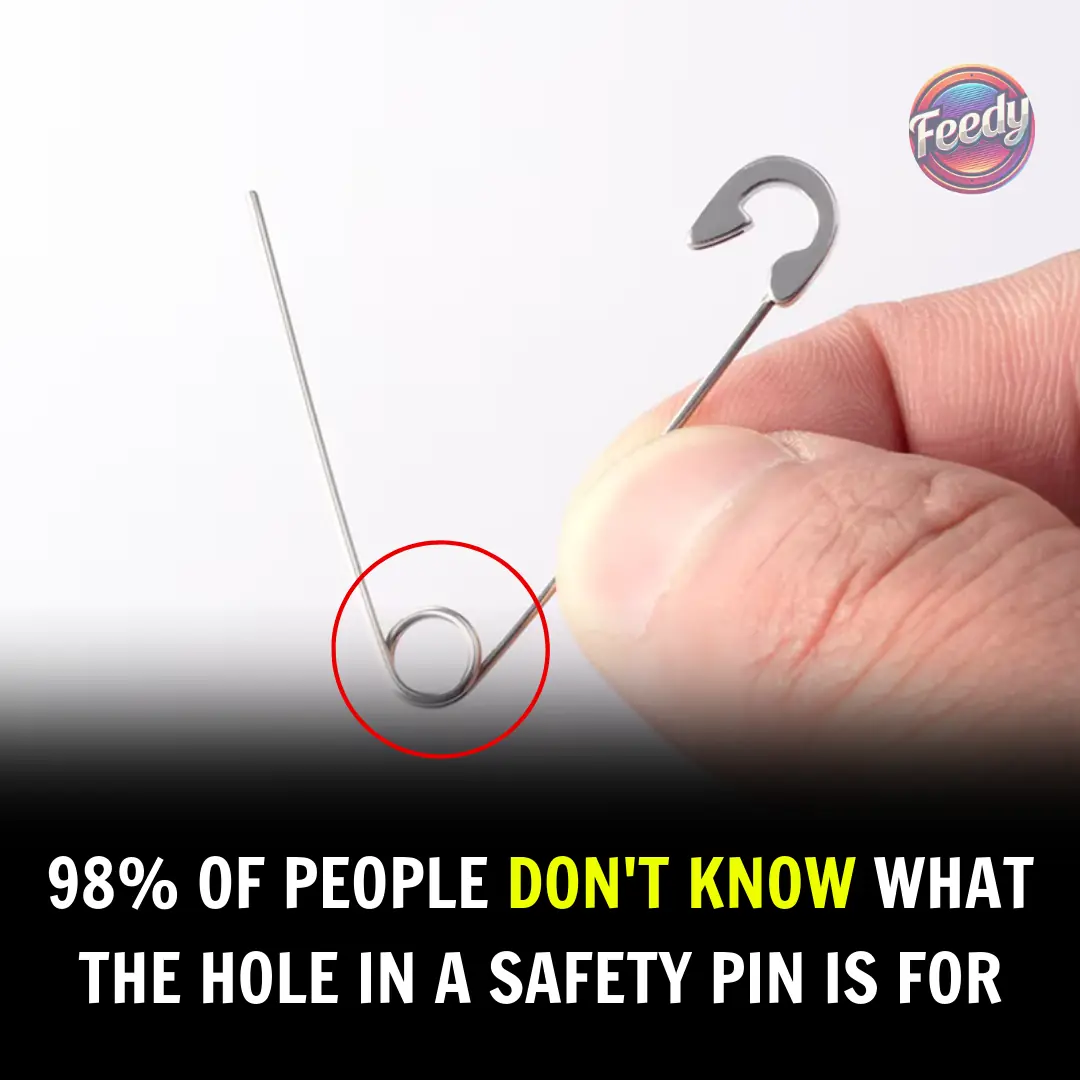
That Little Hole In A Safety Pin Isn’t Just for Looks — Here’s What It’s REALLY For
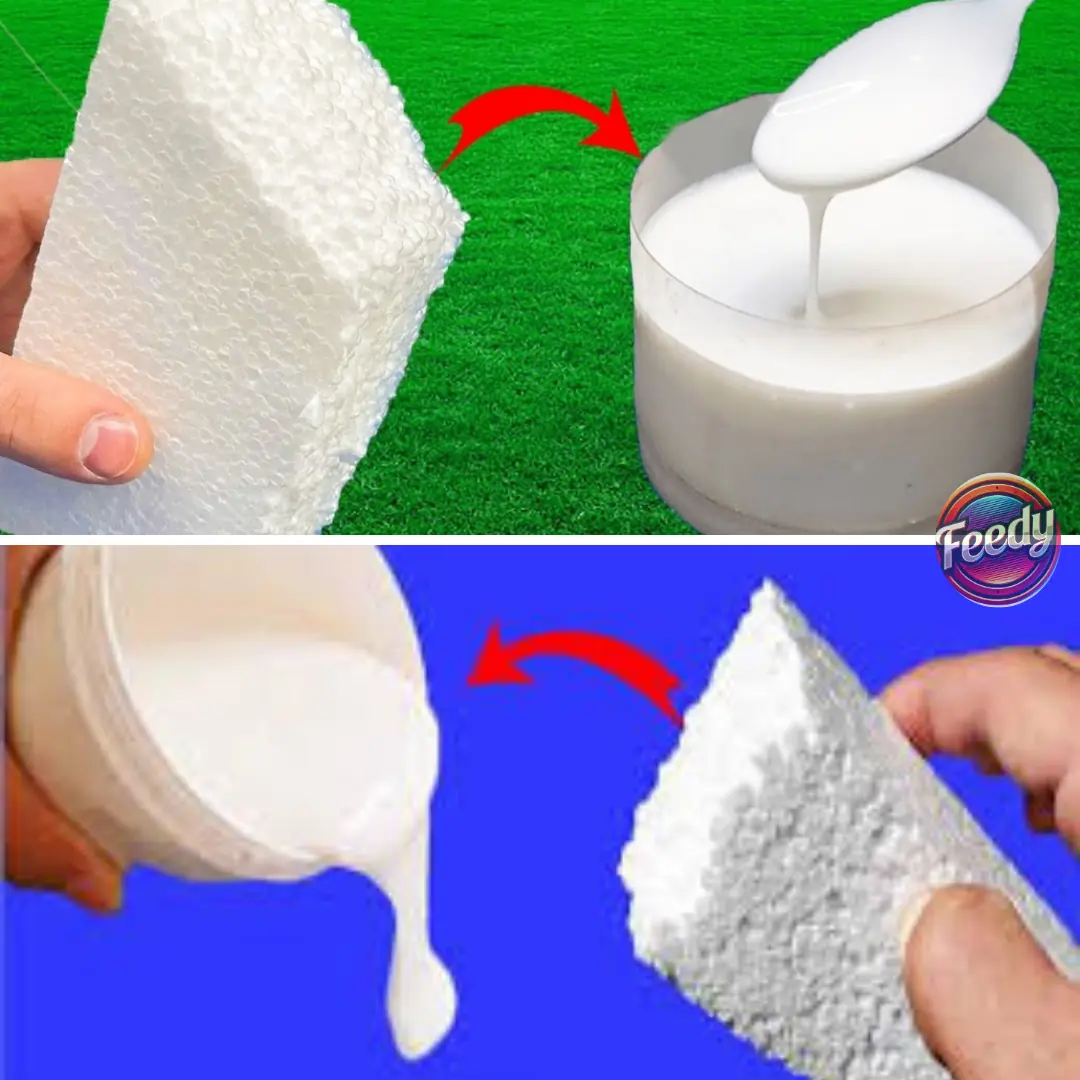
Swollen Lymph Nodes: What They Really Mean and When to Worry
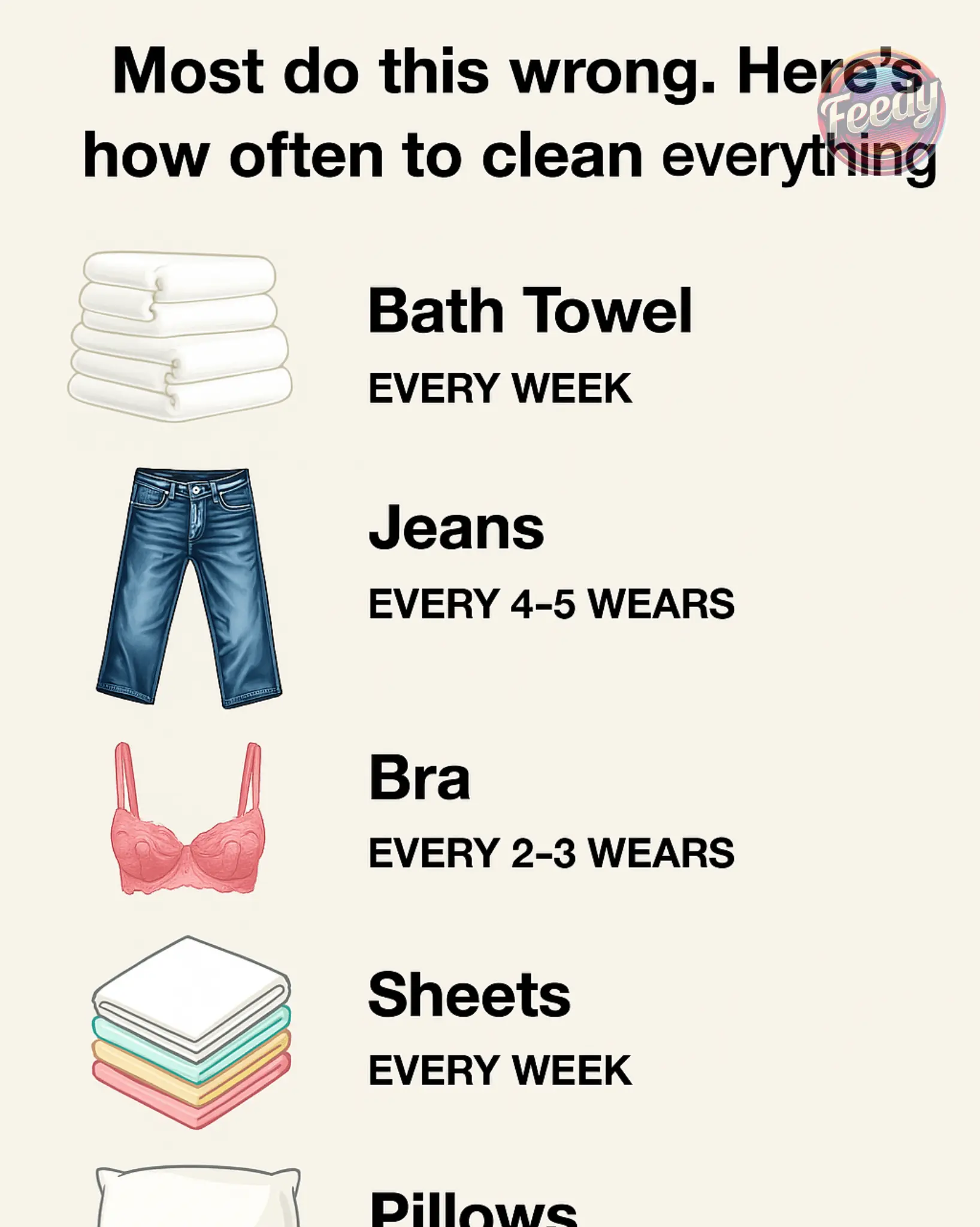
How Often Should You Really Wash Your Clothes? A Smarter Guide to Laundry Frequency

5 Creatures That Can Crawl In Through Your Toilet and How to Stop Them
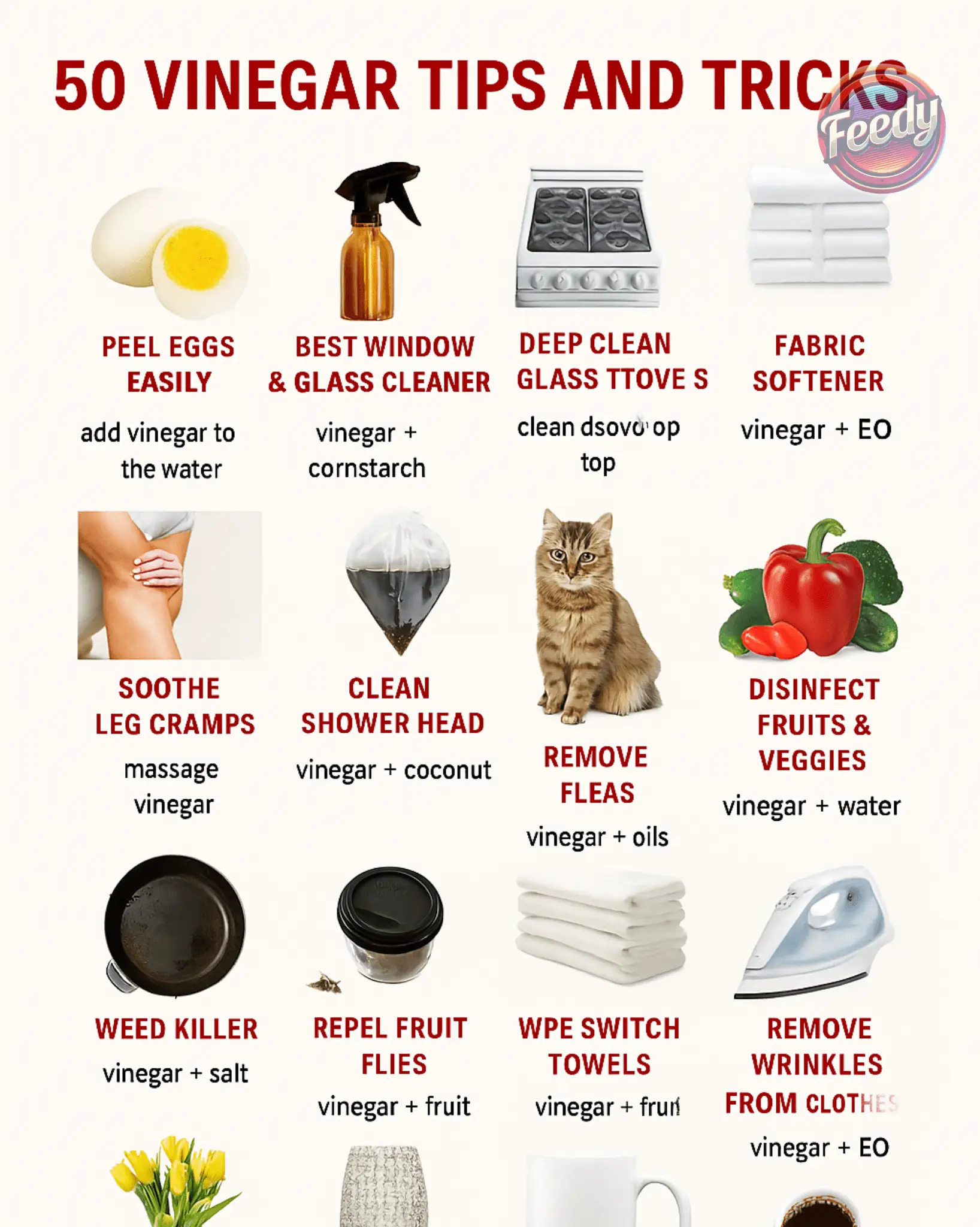
15 Ways to Use Vinegar for Home and Beauty
News Post
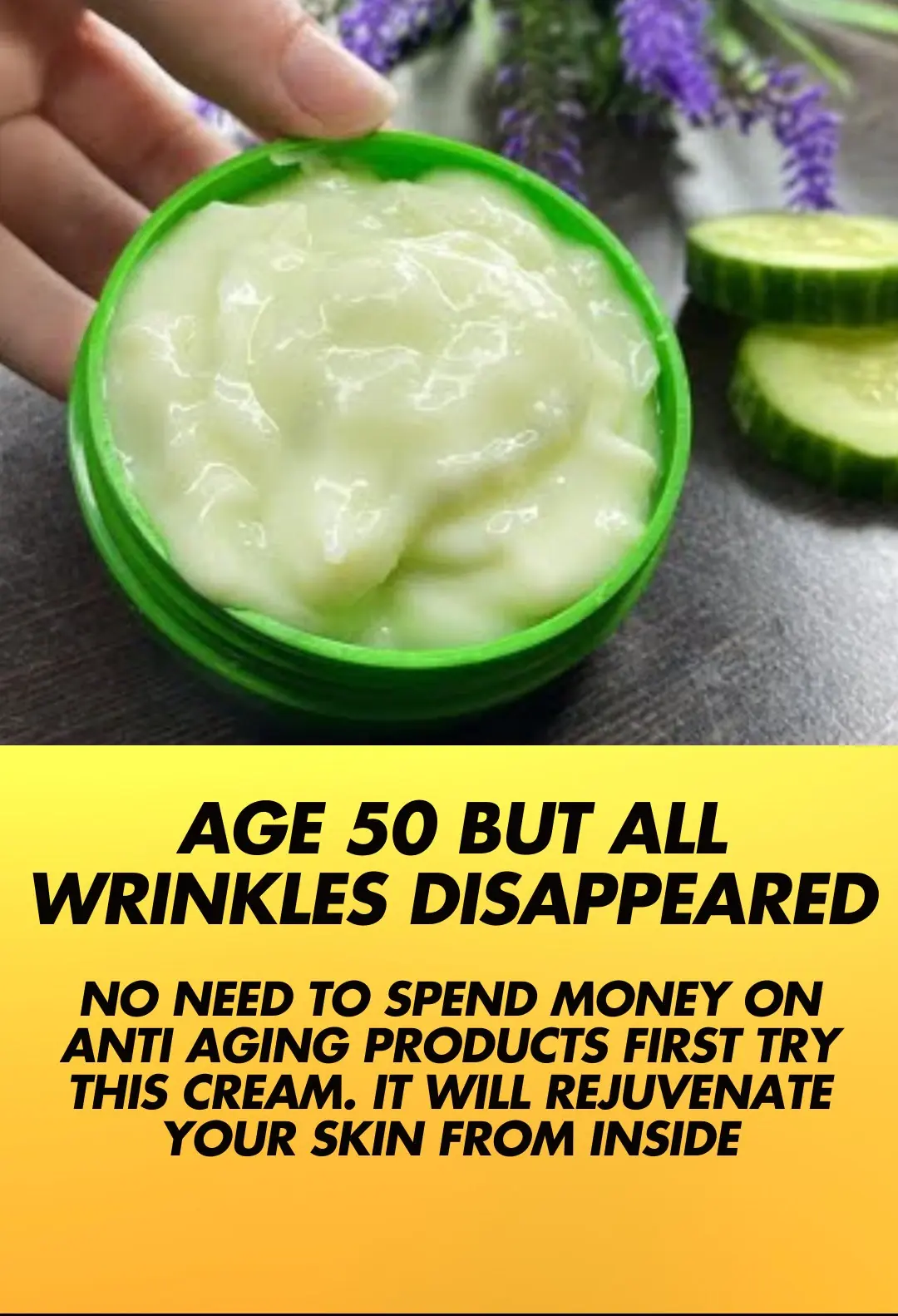
Cucumber, Nature’s Best Anti Aging Solution
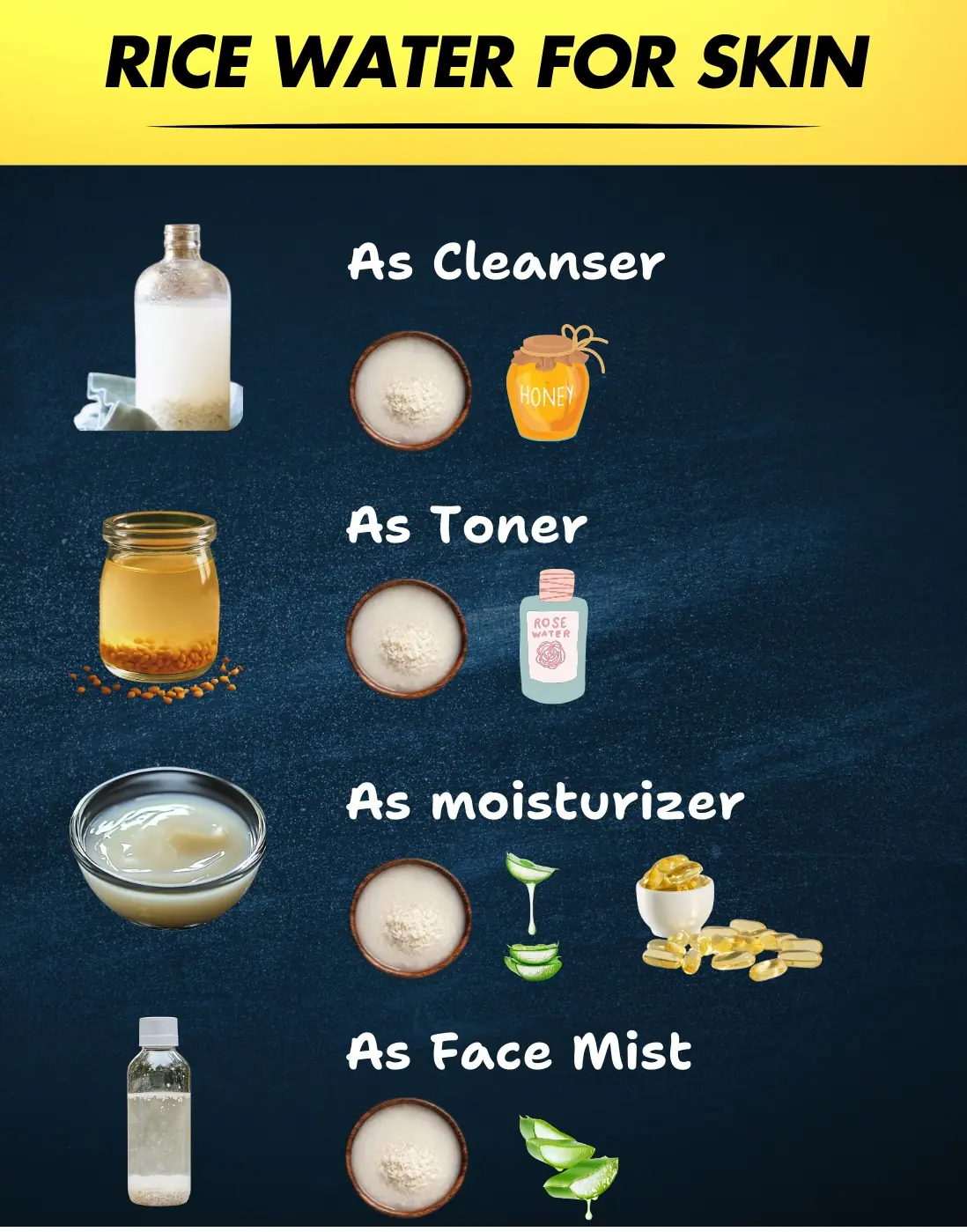
Unlock the power of rice water
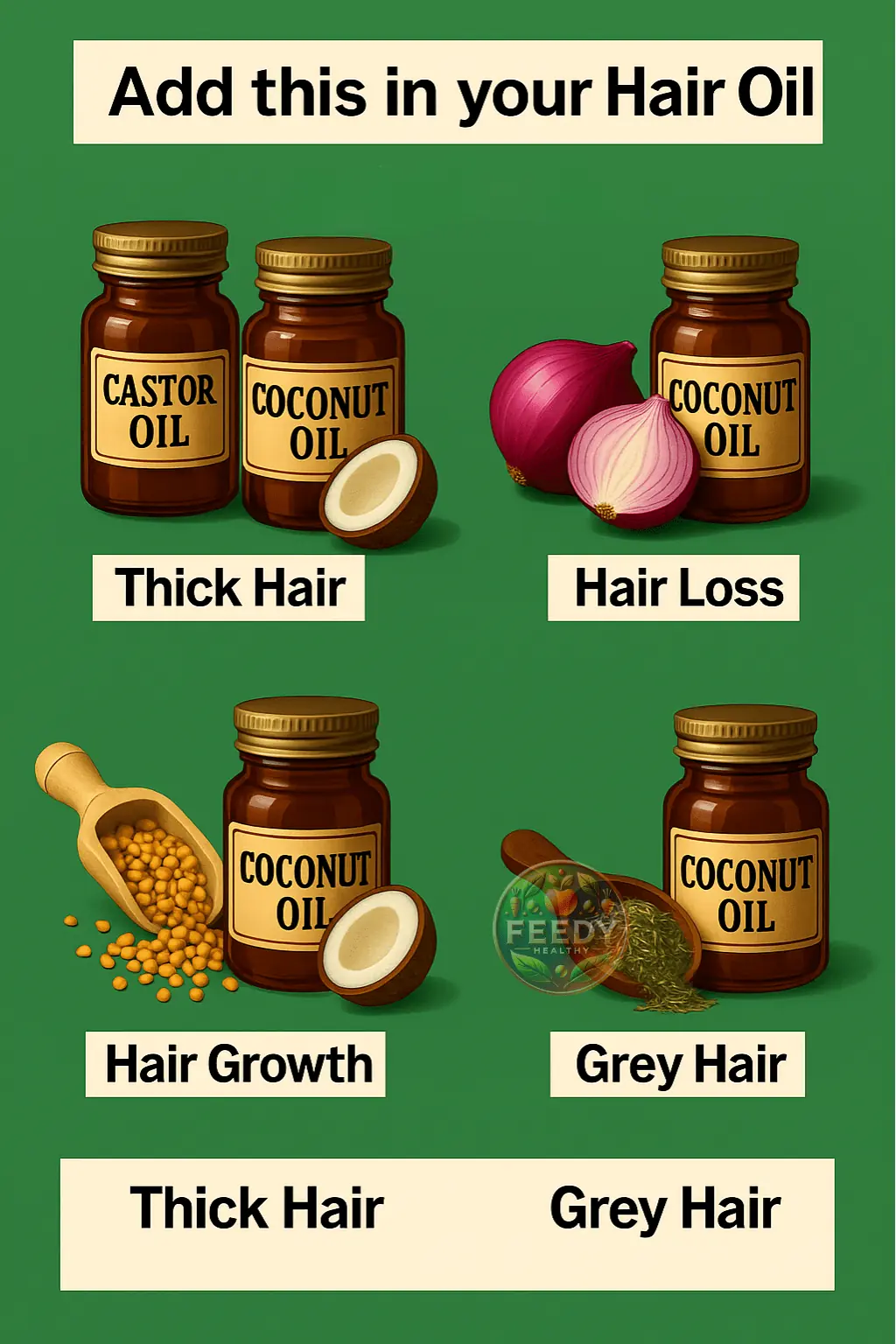
Coconut Oil for Hair Growth – Add this in your Hair Oil

My Mother-in-Law Secretly Crashed Our Anniversary Trip to Ruin It—I Made Sure She Regretted It.

The Dinner That Changed Everything: Protecting Lily’s Innocence.

Arrogant Passenger Reclined His Seat in My Face – And I Gave Him a Comeback That Made Him Back Off Quickly.
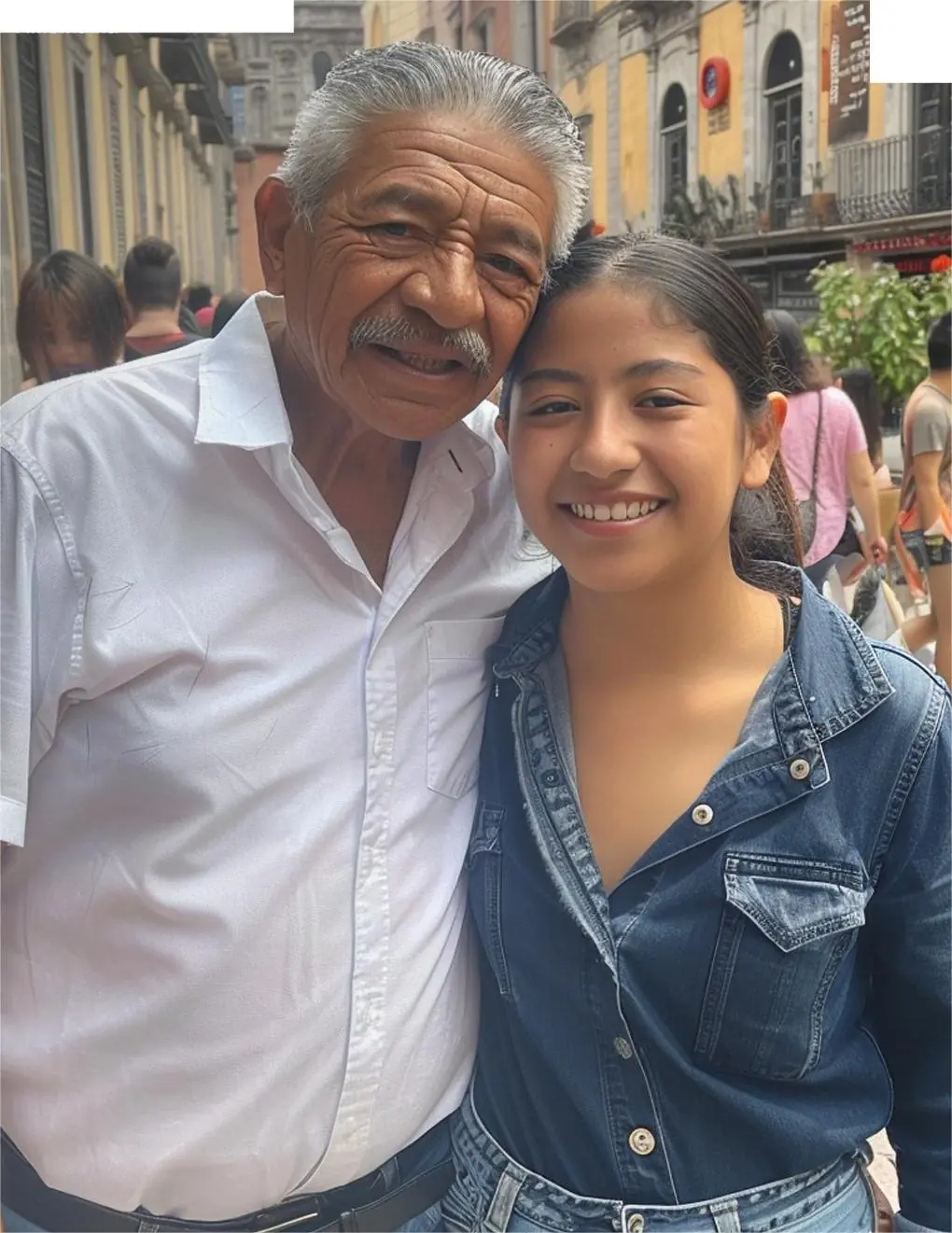
My Father Told Me to Shower with Cold Water Using the Soap He Gave Me – And When My Boyfriend Entered My Bathroom, He Burst into Tears.
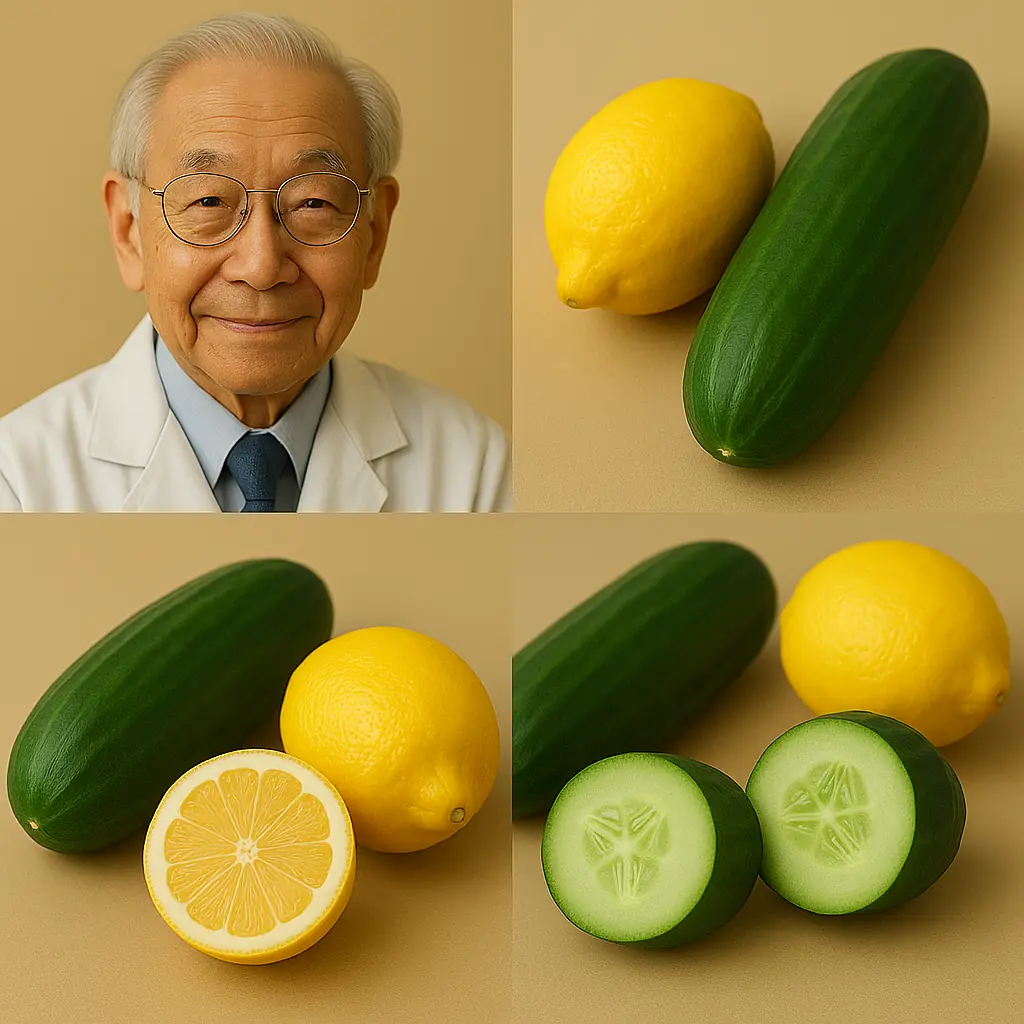
Embracing Longevity with Lemon Tea
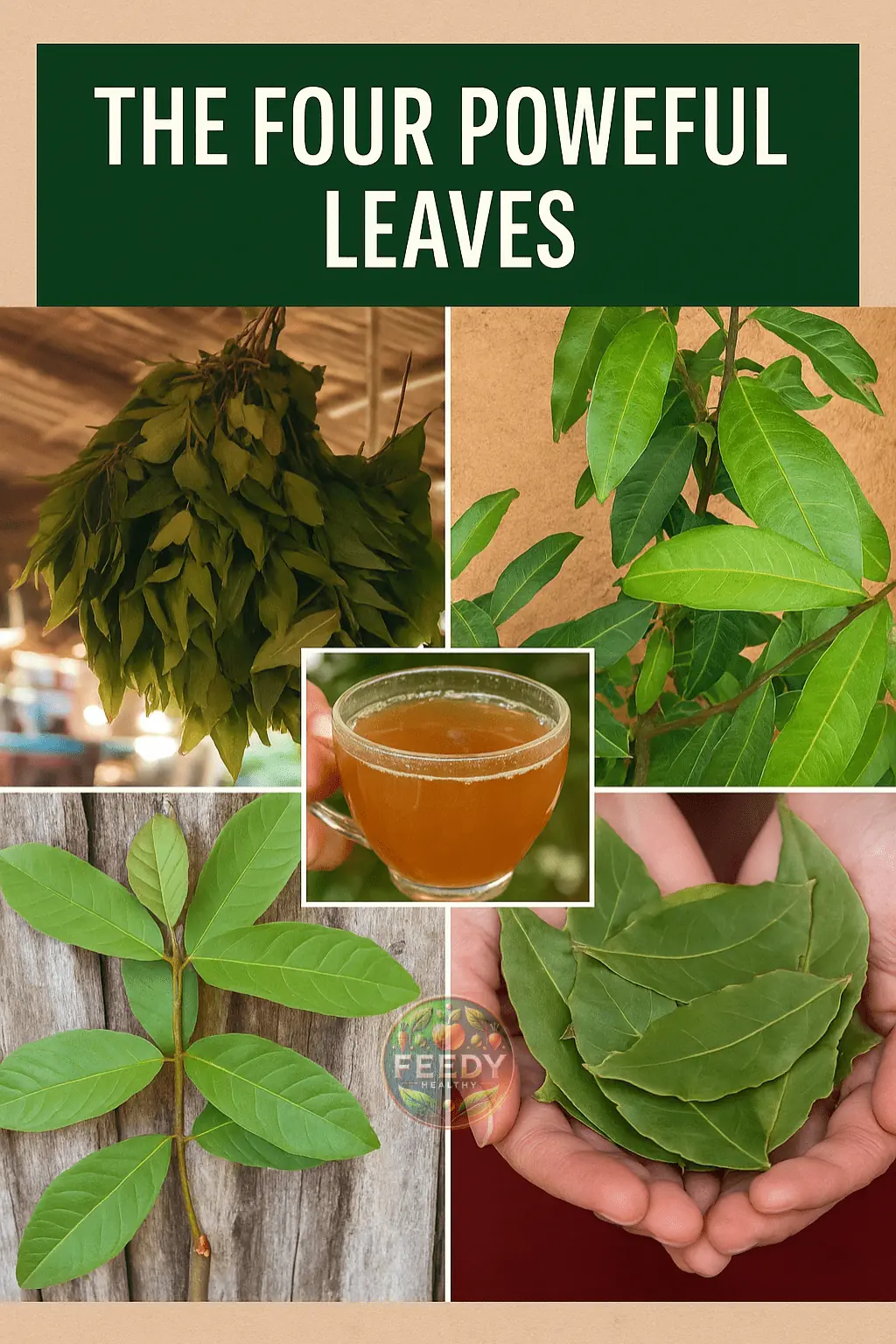
The Four Powerful Leaves That Naturally Support Diabetes, Cancer, Fatty Liver, Poor Circulation, and High Blood Pressure – No Pills Needed
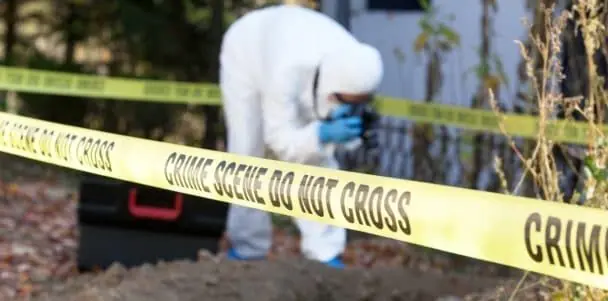
Growing Panic In New England As Another Body Surfaces — Police Address Serial Killer Concerns
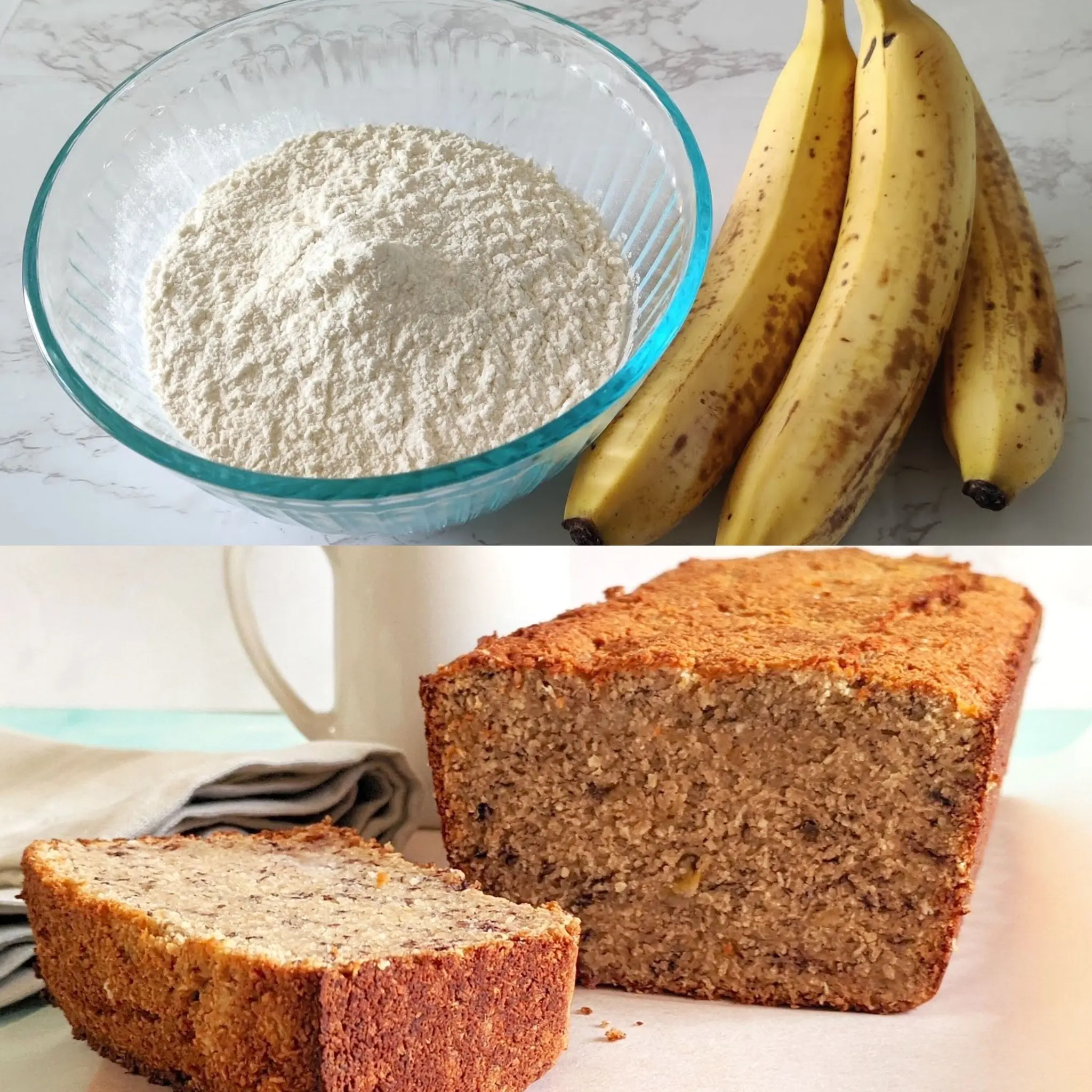
2-Ingredient Banana Bread (No Oven, No Kneading!)
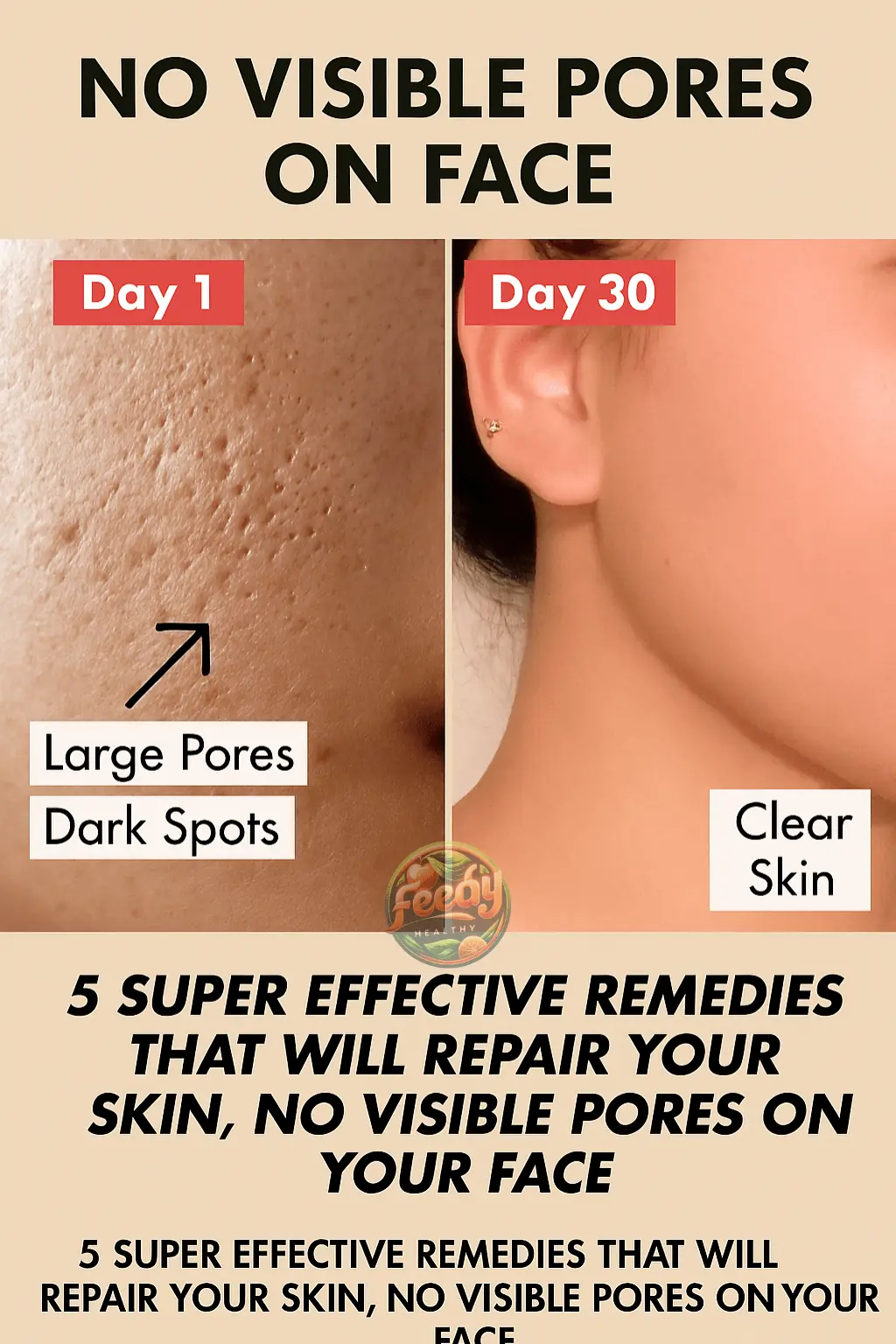
Top 5 Ways To Get Rid Of Large Pores Naturally
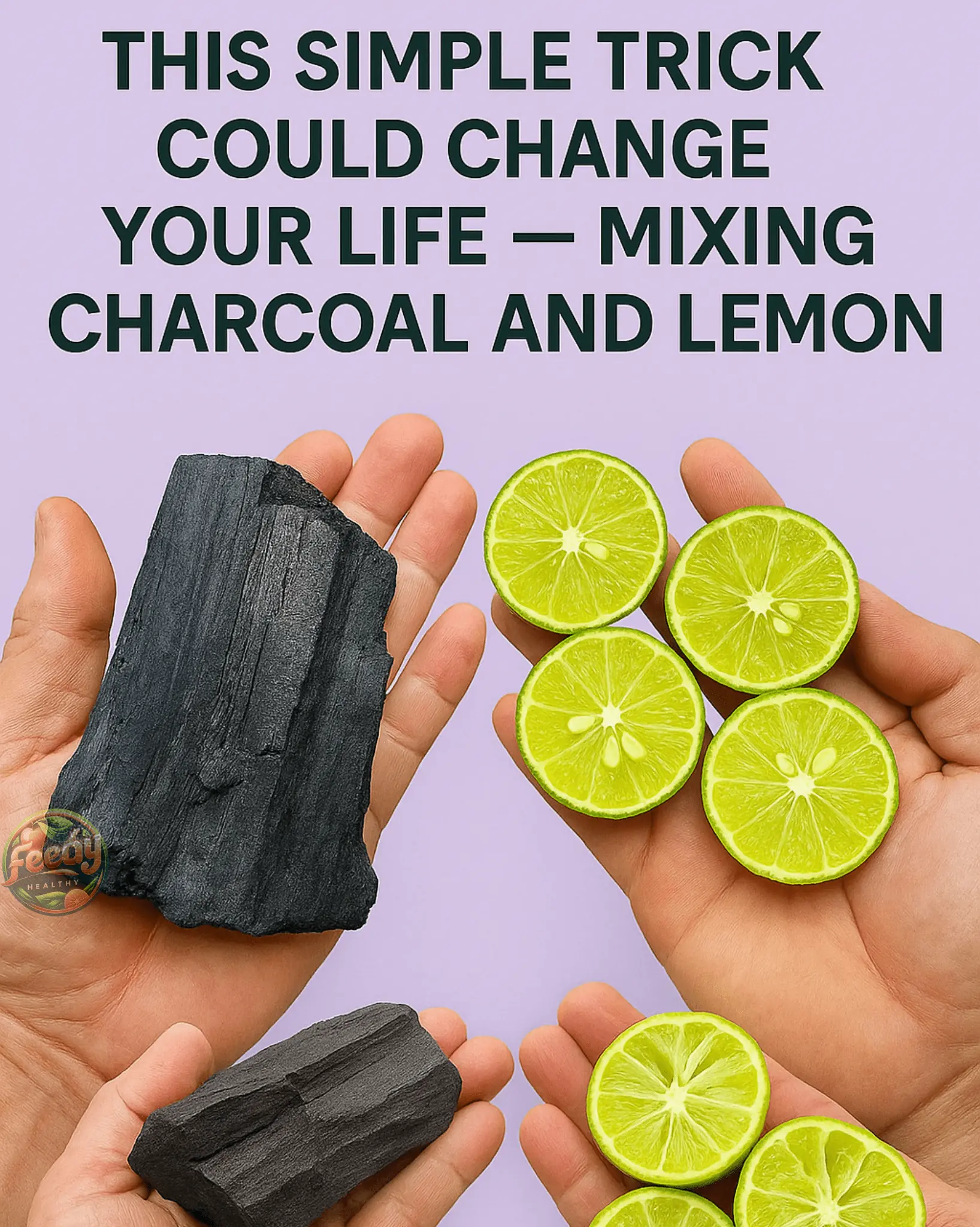
THIS SIMPLE TRICK COULD CHANGE YOUR LIFE — MIXING CHARCOAL AND LEMON
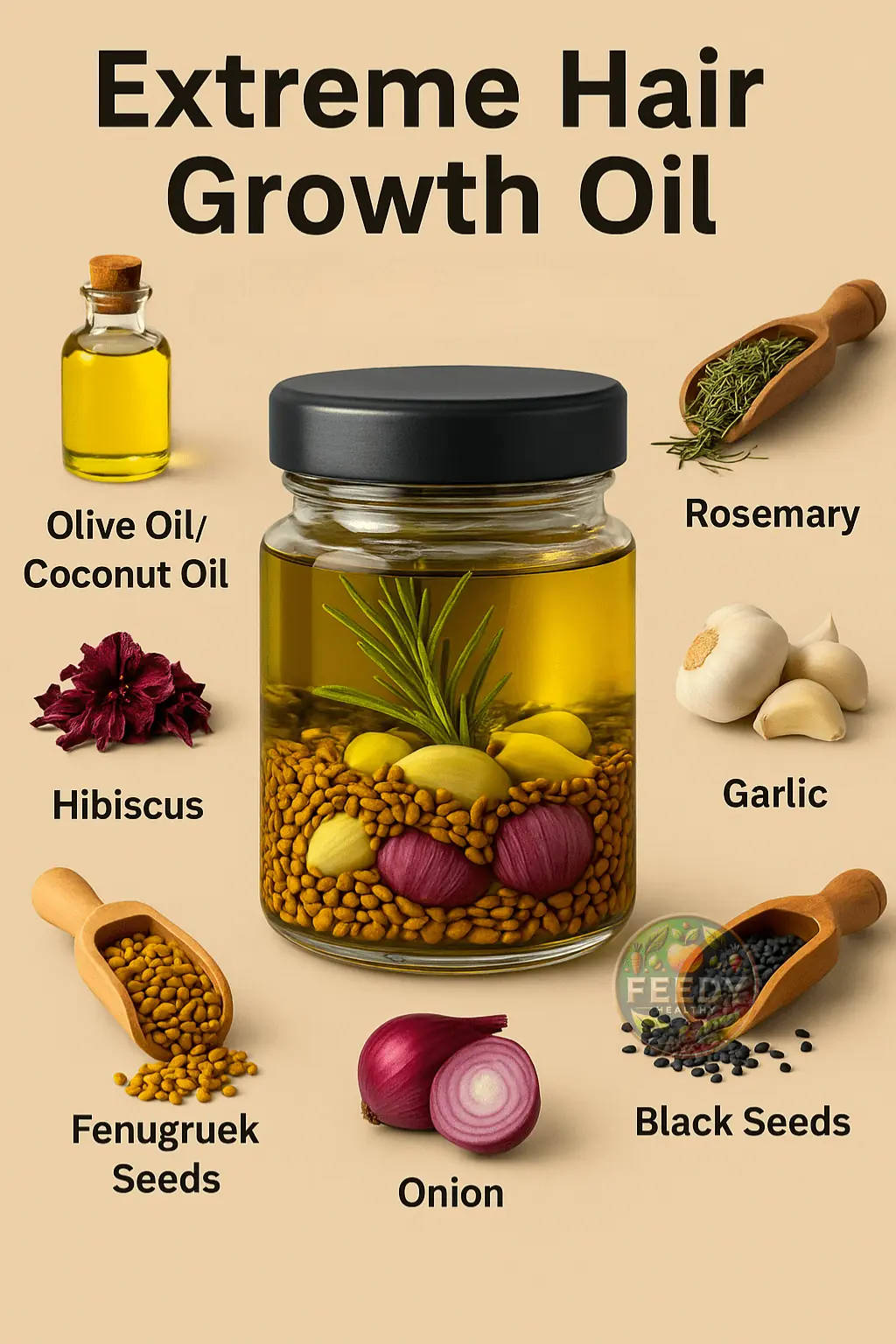
Homemade Herbal Hair Oil – Adivasi Hair Oil

Elevate Your Coffee Experience with Ginger-Cinnamon Mix
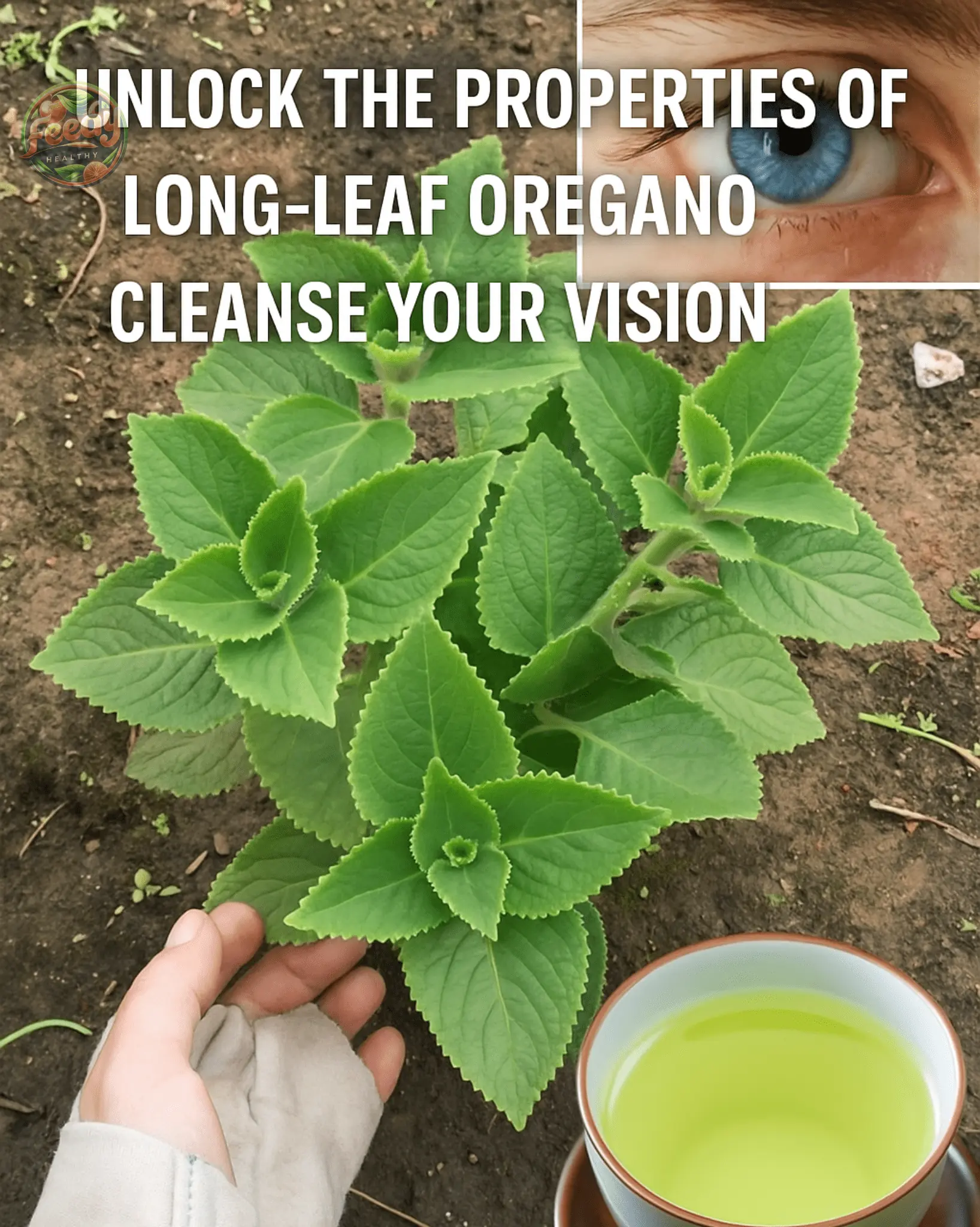
Unleash the Healing Power of Oregano Orejón — Naturally Cleanse and Refresh Your Eyesight
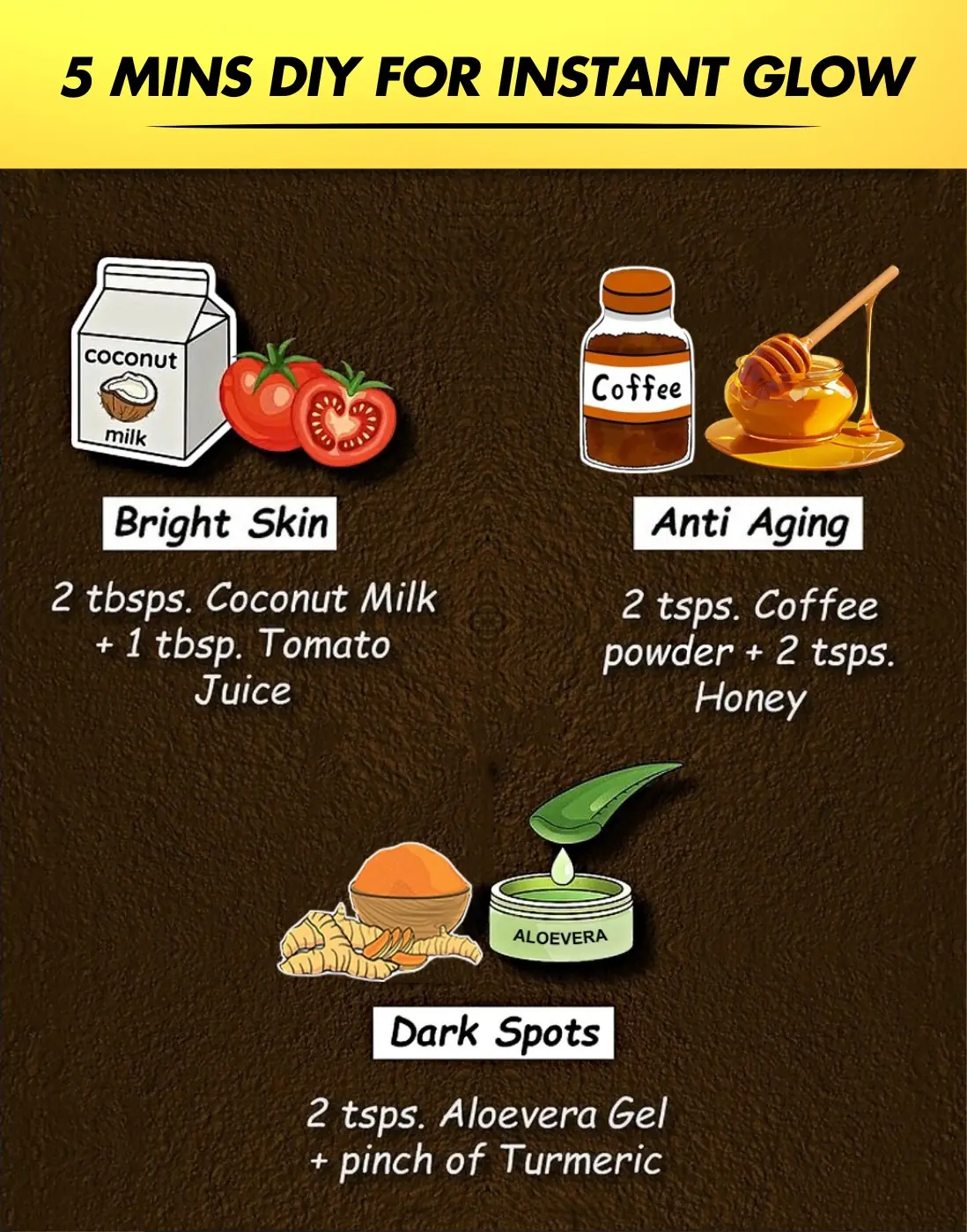
2 Ingredients, For Crystal Clear Flawless Skin

MY AUTISTIC BROTHER NEVER SPOKE—BUT THEN HE DID SOMETHING THAT LEFT ME IN TEARS

Alan Jackson’s Wild Concert “Command” Sparks Chaos As Fans Rush The Stage
